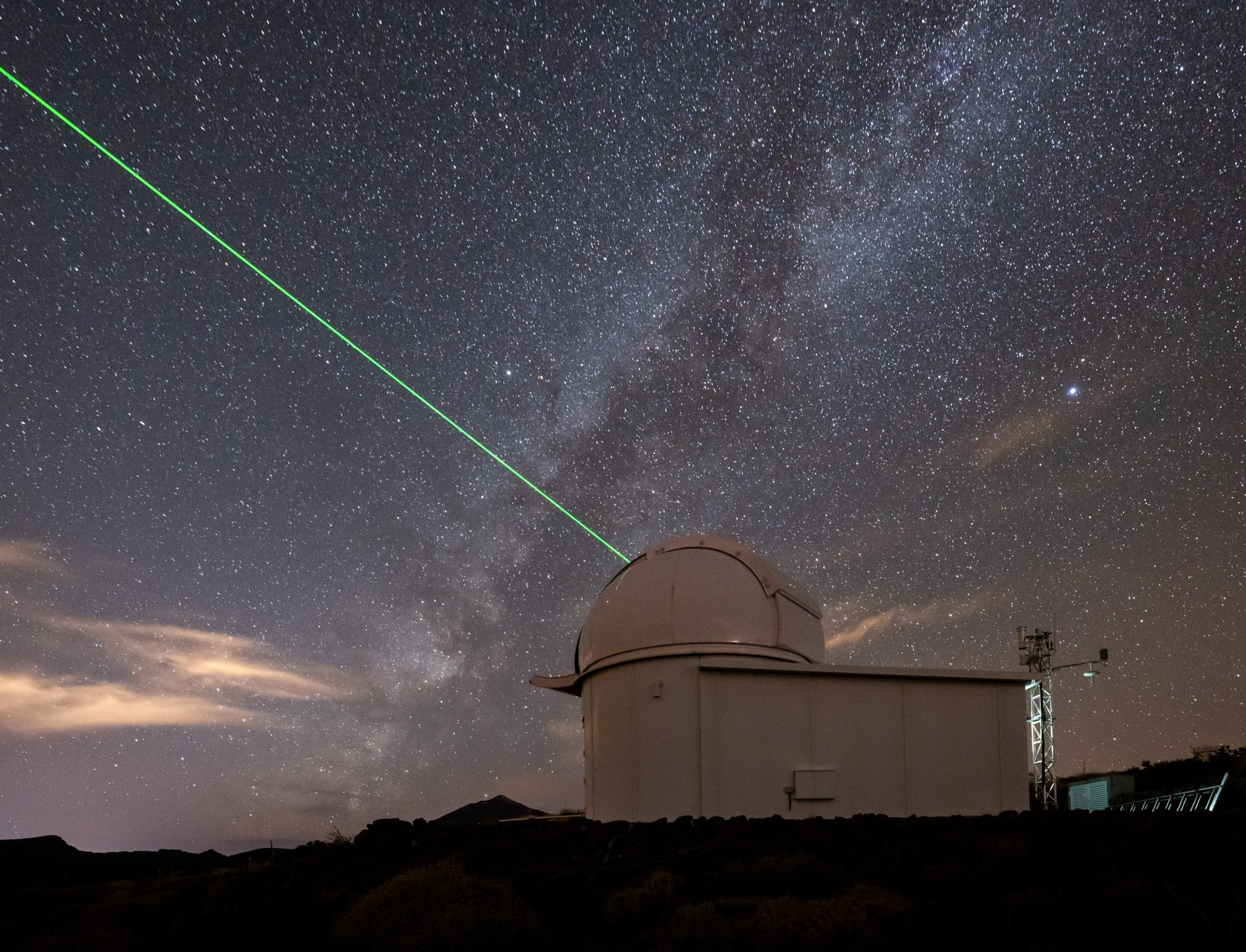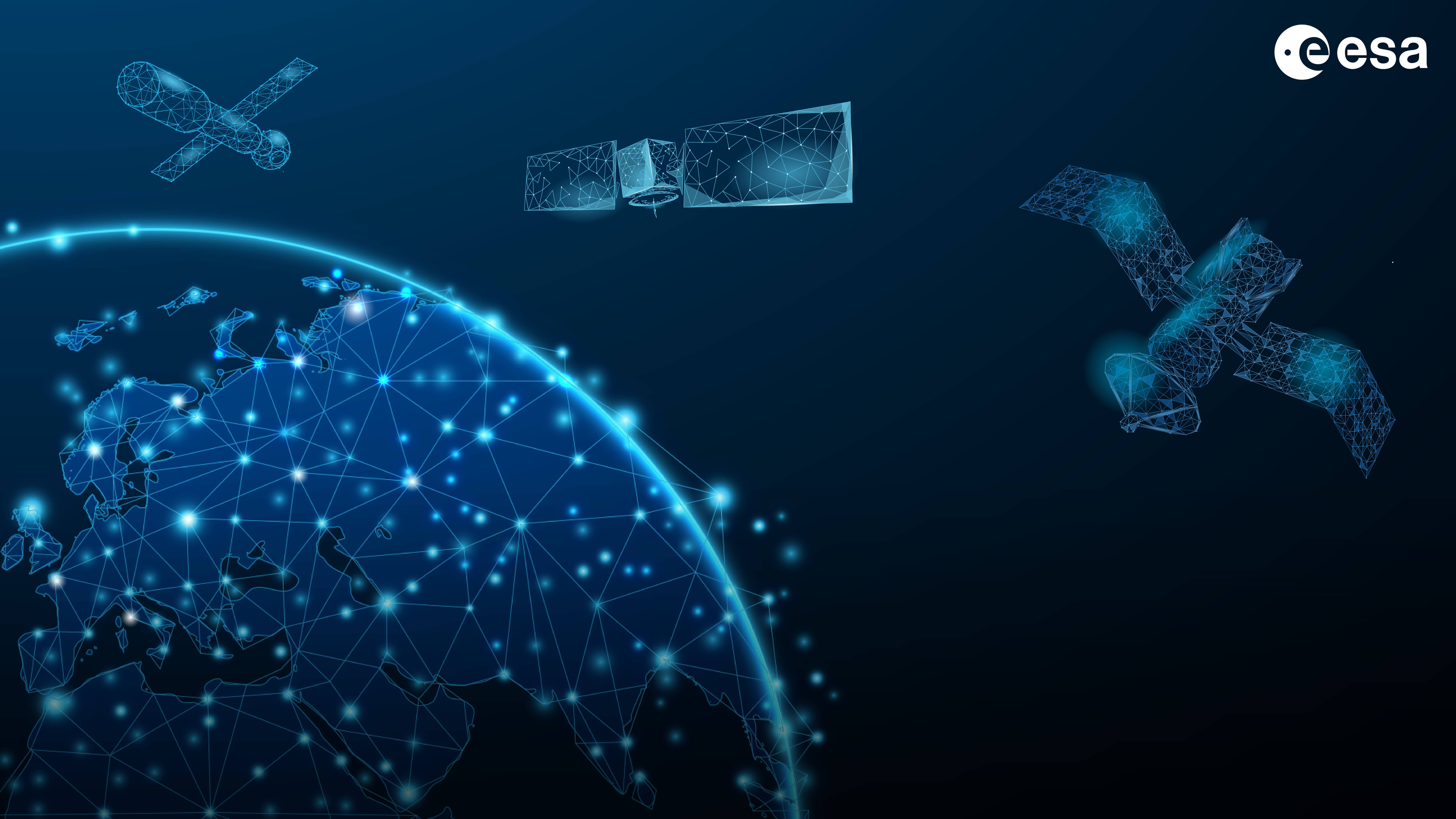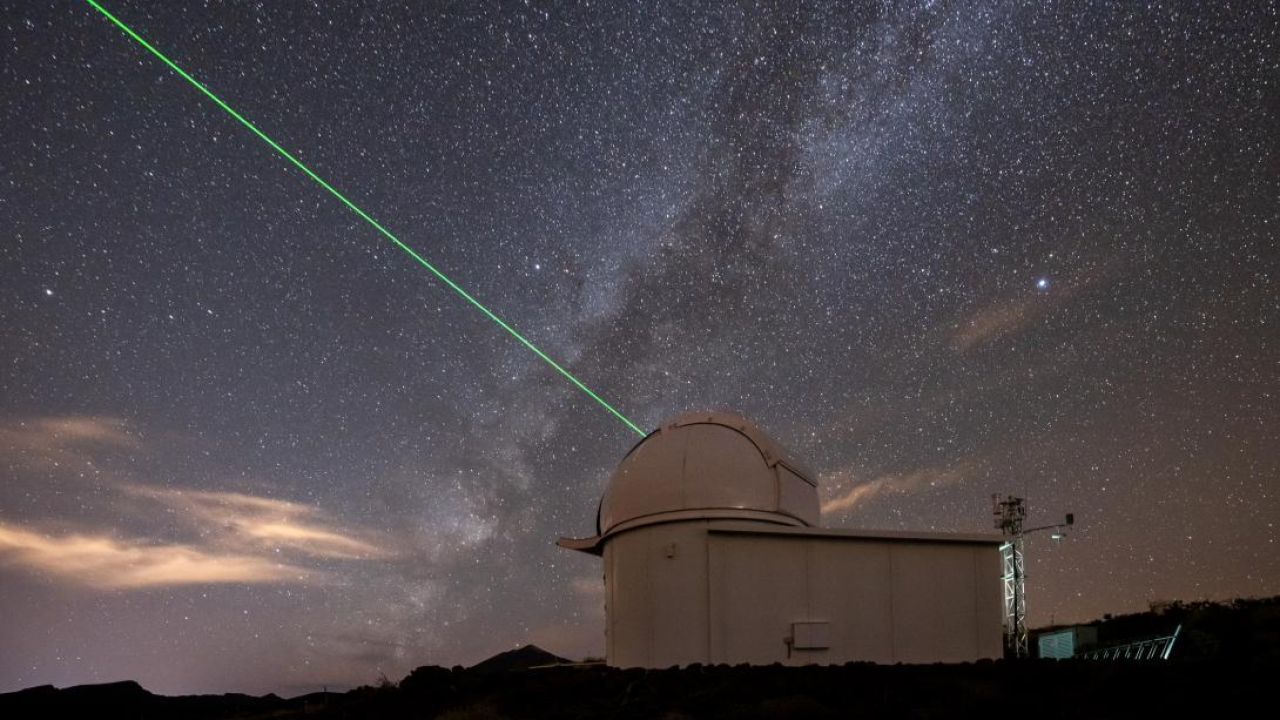Interplanetary radioscience with Estrack’s DSA-3 antenna
Interplanetary missions are a crucial element in space exploration. The precious data collected by the dedicated scientific experiments onboard these missions allow scientists to conduct captivating space research and increase our knowledge and fascination in the solar system.
ESA's tracking station network – Estrack – is a global system of ground stations providing links between spacecraft and ESOC, the European Space Operations Centre. Estrack continuously develops new technologies to strengthen its position as a key player in ground station system technologies, and to keep Europe’s space industry at the forefront of space exploration.
Interplanetary radioscience
The Telemetry, Tracking and Command (TT&C) capabilities provided by deep space antennas are a pivotal element in the operations of interplanetary missions, allowing support during all mission phases. For scientific data in particular, telemetry links constitute the first part of the journey from the spacecraft to the archiving or scientific processing facilities.
The space science stemming from interplanetary probes is however not limited to the scientific instruments onboard. The study of signal characteristics and variations down to minute levels constitutes an innovative twist and provides the means for additional and exciting scientific returns for the study of planets (i.e geodesy and geophysics) and fundamental physics (e.g. general relativity). This capability, commonly referred to as radioscience, requires specific implementations on both onboard and ground systems, leading to tracking performance (for Doppler and ranging techniques) beyond the requirements for the navigation of deep space missions.
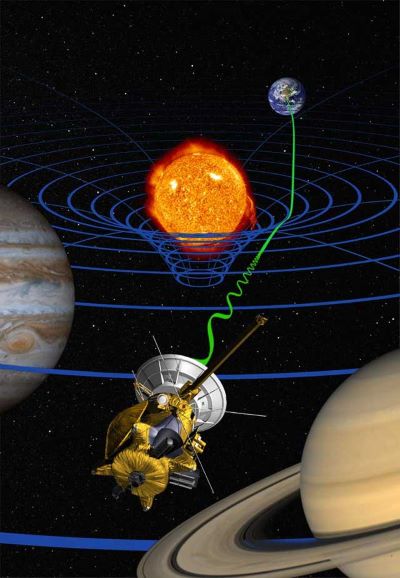
Radioscience studies characteristics of the radio signals themselves, credit: NASA/JPL for the Cassini-Huygens mission
The Mercury Orbiter Radioscience Experiment (MORE) and the Gravity and Geophysics of Jupiter and the Galilean Moons (3GM) instruments, are the onboard implementations (for BepiColombo and Juice respectively) in support of radioscience research. MORE will help study Mercury’s gravity and rotation, and will allow testing of different aspects of General Relativity. 3GM will allow a deeper study of the Europa, Callisto and Ganymede moons, as well as of Jupiter’s atmosphere.
The core of MORE and 3GM is a Ka-band transponder (KaT), used for the onboard reception of Ka-band radio signal transmissions and their coherent retransmission (also in Ka-band) to Earth. The operation of KaT (together with the related developments on ground) allows the exploitation of simultaneous multi-frequency links (X/X, X/Ka and Ka/Ka) allowing unprecedented means for the characterisation of solar plasma and the delivery of plasma-free observables.
Evolution of Estrack’s capabilities
The need to support the Radio-Science experiments on-board BepiColombo and JUICE has been a driver in the evolution of ESA’s network of deep space antennas, which in the case of ESA DSA-3 in Malargüe, Argentina has led to the following new capabilities:
- Simultaneous multi-frequency link operation (X/X, X/Ka and Ka/Ka)
- Calibration of the tropospheric delay in the line of sight of the spacecraft
- Wideband ranging for improved jitter performance
- Continuous calibration of the ground antenna delay
Several ground developments have been necessary, either as self-standing equipment (e.g. 100 W Ka Solid State Power Amplifier, Ka up-converter, steerable narrow beam water vapour radiometer, new beam-waveguide mirrors and correction mechanisms) or as enhancements of already existing systems (e.g. upgrade of TTCP modem, improved algorithms, M&C upgrades). These developments will allow European industry to further strengthen its position as a key player in ground station system technologies.
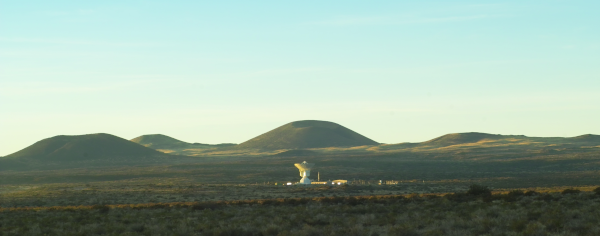
Estrack’s DSA-3: the deep space antenna in Malargüe, Argentina
The Malargüe deep space antenna has supported four MORE radioscience campaigns, from the first Superior Solar Conjunction campaign SCE#1 in March 2021 to the just concluded SCE#4 campaign in February 2023. It has become a state of the art asset for the operation of radioscience experiments.
Support to 3GM calls for an upgrade of the existing Ka-band amplifier at the station, as required to operate the Ka/Ka link at distances beyond 6 Astronomical Units. This upgrade will be performed prior to the start of Juice radioscience activities in 2027. It will be crucial to fulfil the numerous scientific objectives of the 3GM experiment for Jupiter and its moons and enable cutting-edge interplanetary radioscience.

